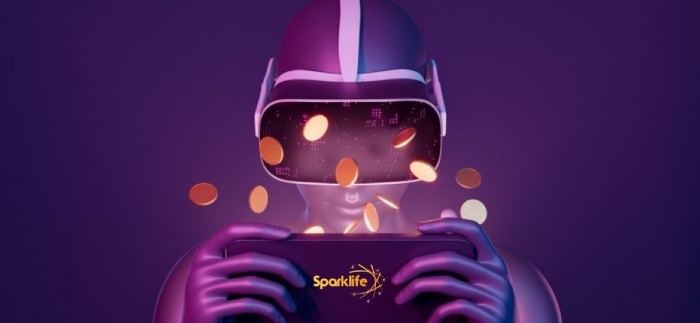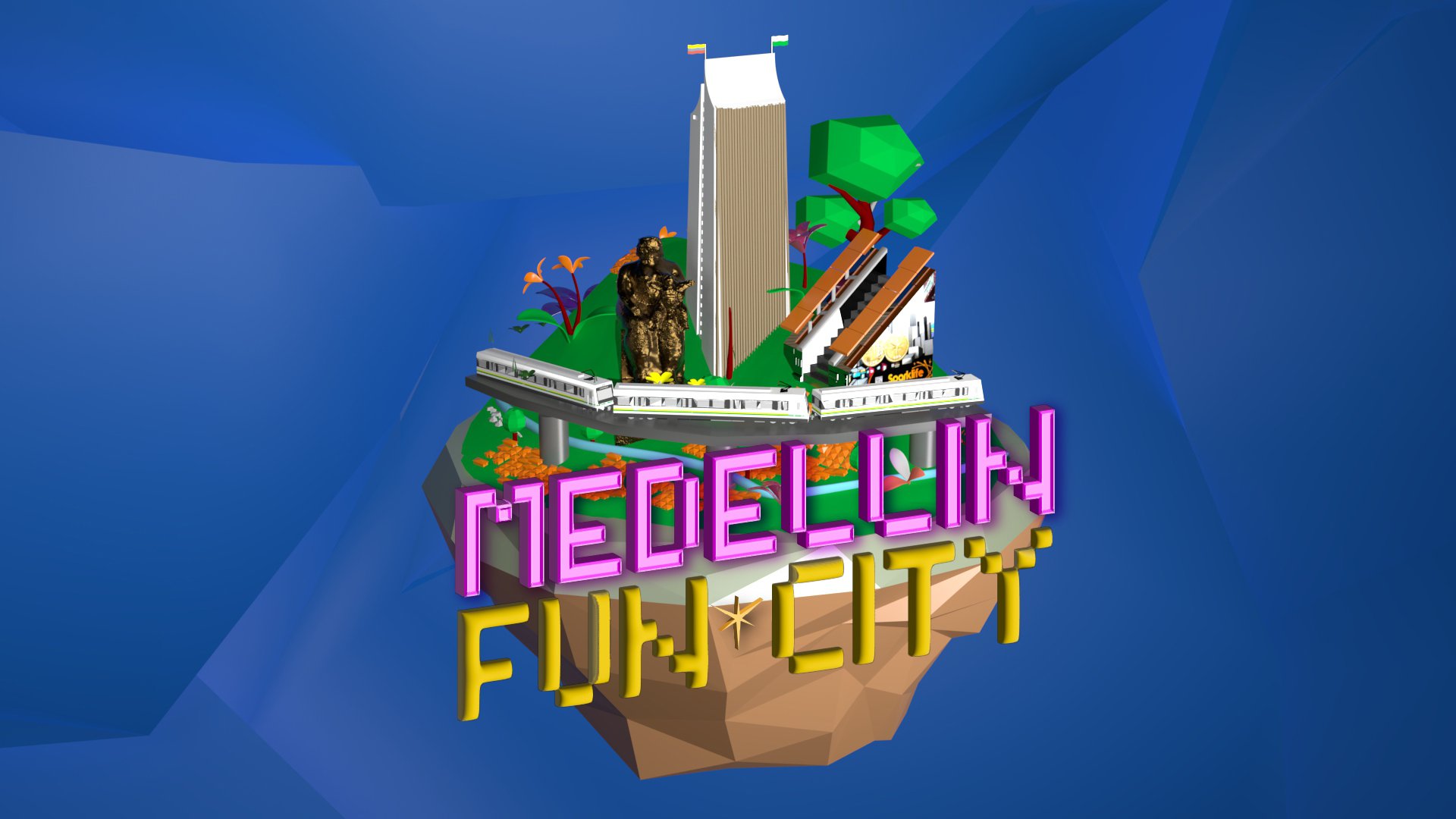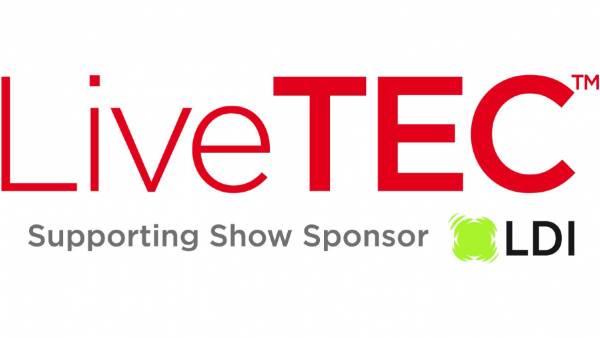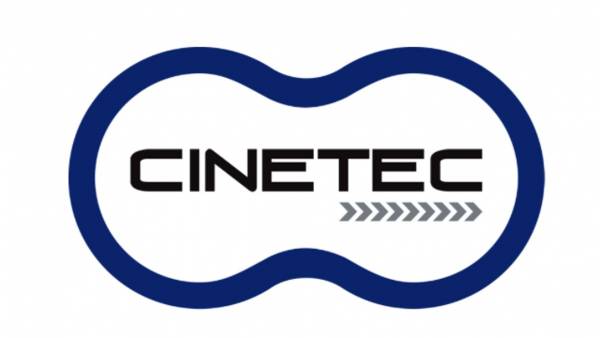Colombia. The Sparklife project launched within the framework of the Flower Fair the experience of Medellín Fun City, a space that would represent the capital of Antioquia in the metaverse, which makes it the first Latin city to have this digital presence.
Sparklife is defined as an ecosystem designed to improve people's finances and quality of life through the Sparklife SPS cryptocurrency. And it indicates that its "differentiation is based on the development of its own and external projects that give usability and value to the currency, such as the medellín Fun City metaverse, Criptopoker, our Sparklife ViveSano clinic, among others."

In that sense, Medellín Fun City is the metaverse of Medellín, which has the commercial promise that "there you can buy your lot, build your house, office or premises, earn its valuation and from there share spaces of friendship, work, play, hold events, trade products, services and many more possibilities, all this from anywhere in the world".
However, the response we got in the Sparklife Whatsapp hotline is that "at this moment the registration for the pre-sale of lots is closed" and at the moment the possibility of opening it again is being evaluated.
But then some doubts may arise, among the less knowledgeable, about what a metaverse is, how it works and why it relates to a cryptocurrency, in this case the Sparklife SPS. Then we proceed to clarify it.
What are the Metaverses?
A metaverse is a virtual representation that seeks to emulate the concept of usability of the physical spaces of the tangible world, it is a digital universe that seeks to deliver all the benefits of the "real" universe but without the natural limitations that compose it, such as the force of gravity or climatic conditions.
In that order of ideas, it requires the use of an avatar to interact in it and requires technological support to provide online access. These cyberspaces are usually accessible from the cell phone or computer, in most cases they also recommend the use of glasses and devices such as gloves, for virtual or augmented reality, in order to achieve a better experience, as many use 3D design as part of their visual narrative and staging.
In that sense, we indicate that they are metaverses because there can be as many as there can be developed projects. A very suitable simile of what a metaverse can be are the worlds of video games, where a user can connect with other people and carry out different activities, with the difference that metaverses seek a deeper emulation of the possibilities of the tangible world, which implies that there could be worked, access products and services of all kinds, study and record income through the platform that supports it.

So, before Facebook's famous metaverse proposal called "Meta," there were already other projects like SecondLife, Descentralife, Axie Infinity , and FOX's MaskVerse .
Why are cryptocurrencies, NFTs and blockchain related to metaverses?
This is a relationship that is given thanks to technological convenience/possibility.
First of all, cryptocurrencies fulfill the role of currency for each metaverse, something similar to micropayments in online games. And this choice is given because it is more complex for a virtual world to have to generate support of various local currencies, operate through banks and have to adapt to the financial conditions of these services in each country from which a user accesses.
In that sense, cryptos function as a "universal" currency to that specific space, they are much simpler to acquire because they are not regulated by a central system, but also more unpredictable in their price volatility.
Secondly, NFTs, which are digital pieces of art, serve as collector's and exchange pieces in these universes; that is why concepts such as NFT of clothes of big brands or special designs that are only sold in certain seasons have gained strength. In the physical world something comparable would be the merchandising that is only achieved by attending a concert or collectibles related to certain events and brands, such as the chips of the Panini album.
And finally, the Blockchain becomes transversal to the metaverses because it is a technology of immutable data registration on which the operation of cryptocurrencies and NFT can be programmed, as well as smart contracts that allow buying, working and generating all kinds of commercial interactions in those digital worlds, that is, it is a programming support that gives you technical possibilities and helps your subsistence.


























Leave your comment